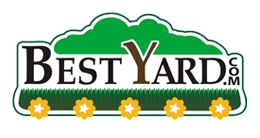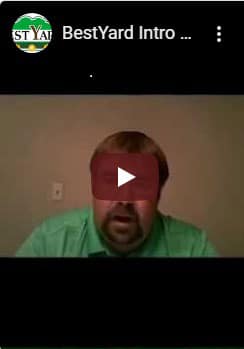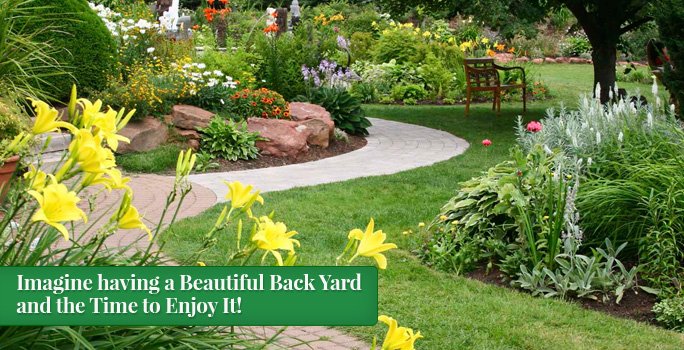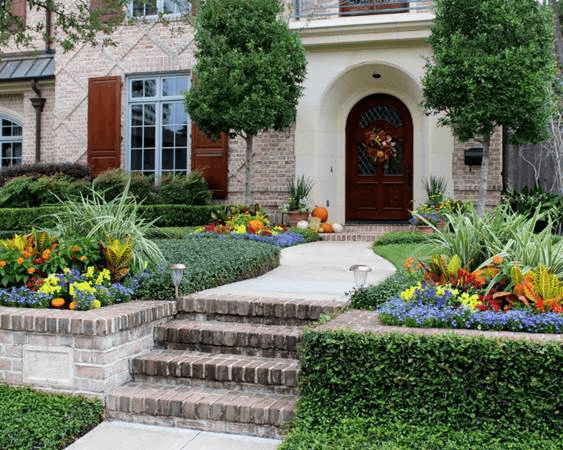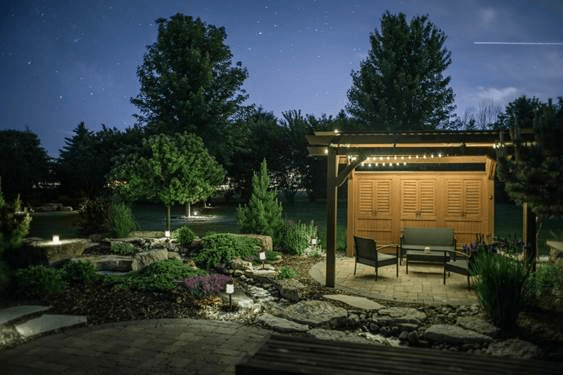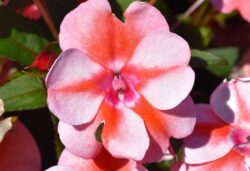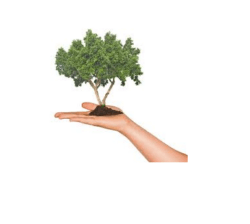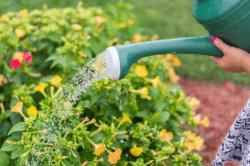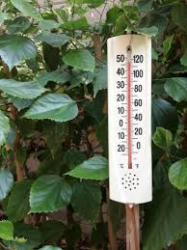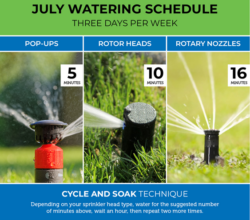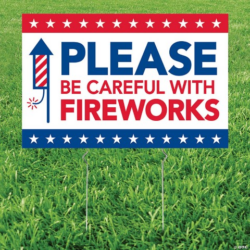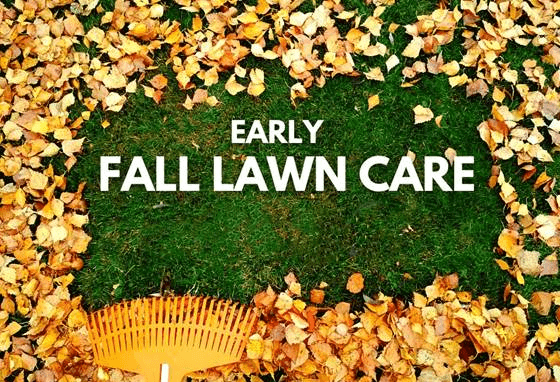
Early Fall Lawn Care to prepare your yard for the coming winter
- Clean up your garden beds: Remove debris, leaves, and weeds. You can put in edging and re-mulch for the winter.
- Put potted material inside: to protect them from the upcoming freezing temperatures.
- Plant bulbs for spring: Popular bulbs are tulips, daffodils, hyacinths, and crocuses.
- Remove dead and dying plants: and cut back ornamental grasses for the fall.
- Add new plants to your landscape: and get them established before winter. They can get a better head start in the spring.
- Clean up leaves: around the yard. Don’t let leaves smother the grass. It will allow lawn disease to settle in. Also, it prevents sunlight from hitting those areas.
- Fertilize your lawns: It is an excellent time to rejuvenate by aerating, overseeding, and applying fertilizer.
- Protect evergreens and soft winter plants: spray them with “wilt stop” or any frost protection spray to help against the cold months.
- Winterize water lines: Avoid possible damage to pipes by removing hoses and splitters from outdoor spigots and turning them off so water doesn’t get trapped inside.
- Blow out your irrigation lines: and remove all water. Also, cover your outdoor spigots. Cover outdoor backflows with an insulated bag and cover the copper pipe with soft tubing.
- Clean up the gutters: Excess leaves and debris can clog downspouts and create overflow or potential flooding on roofs in certain areas.
Click “DO IT FOR ME” to request a FREE quote.

Source: customer-service@bestyard.com in collaboration with Associated Landscape Contractors of Colorado
